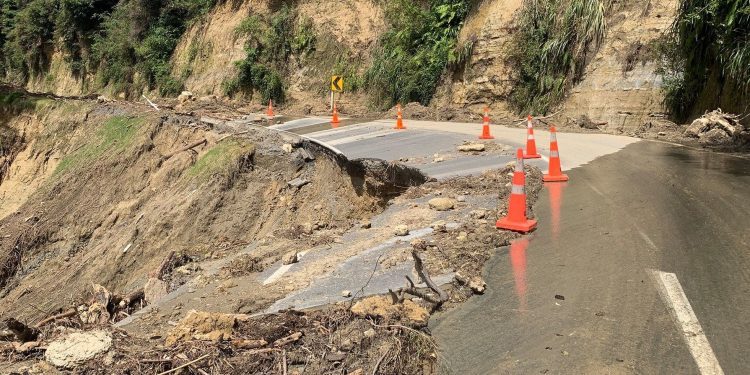Government’s new transport strategy to focus on climate
Words: Harrison Wade | Photo: Waka Kotahi
The New Zealand Government has yet to release a draft of its new transport strategy but has revealed the plan will pivot towards protecting the climate.
That means we can expect to see an increase in investment into public transport options as well as low-emissions travel but, is the money going to the right place?
A recent interview by Newstalk ZB with Transport Minister Michael Wood raised concerns as to whether or not the upcoming strategy would favour bus lanes and cycleways over flood and slip-damaged roads still in dire need of repair.
“The overarching aim [for the transport strategy] is around climate change which is about making transport infrastructure as resilient as possible to deal with events like the ones we’ve had,” said Wood.
“Secondly, it’s to make sure we are reducing our emissions. A part of reducing our emissions is giving people more choices, and if we do that, it’s likely there will be less driving.”
The minister reaffirmed that the new strategy would be about giving people choices on how they travel rather than forcing drivers out of their cars.
With the Government wanting to go down both paths, it will need to raise the funds to do so which could mean an increase in fuel excise tax and road user charges.
New Zealand prime minister Chris Hipkins announced that the Government will extend the fuel tax cut until June 30, 2023, earlier this year after it was first introduced in March 2022 to ease the cost of living crisis.
However, a decision has yet to be made on what it will do to raise the funds.
The new transport strategy is set to be released for consultation within the next few months but the current focus is on reconnecting communities across the country, according to Wood.





